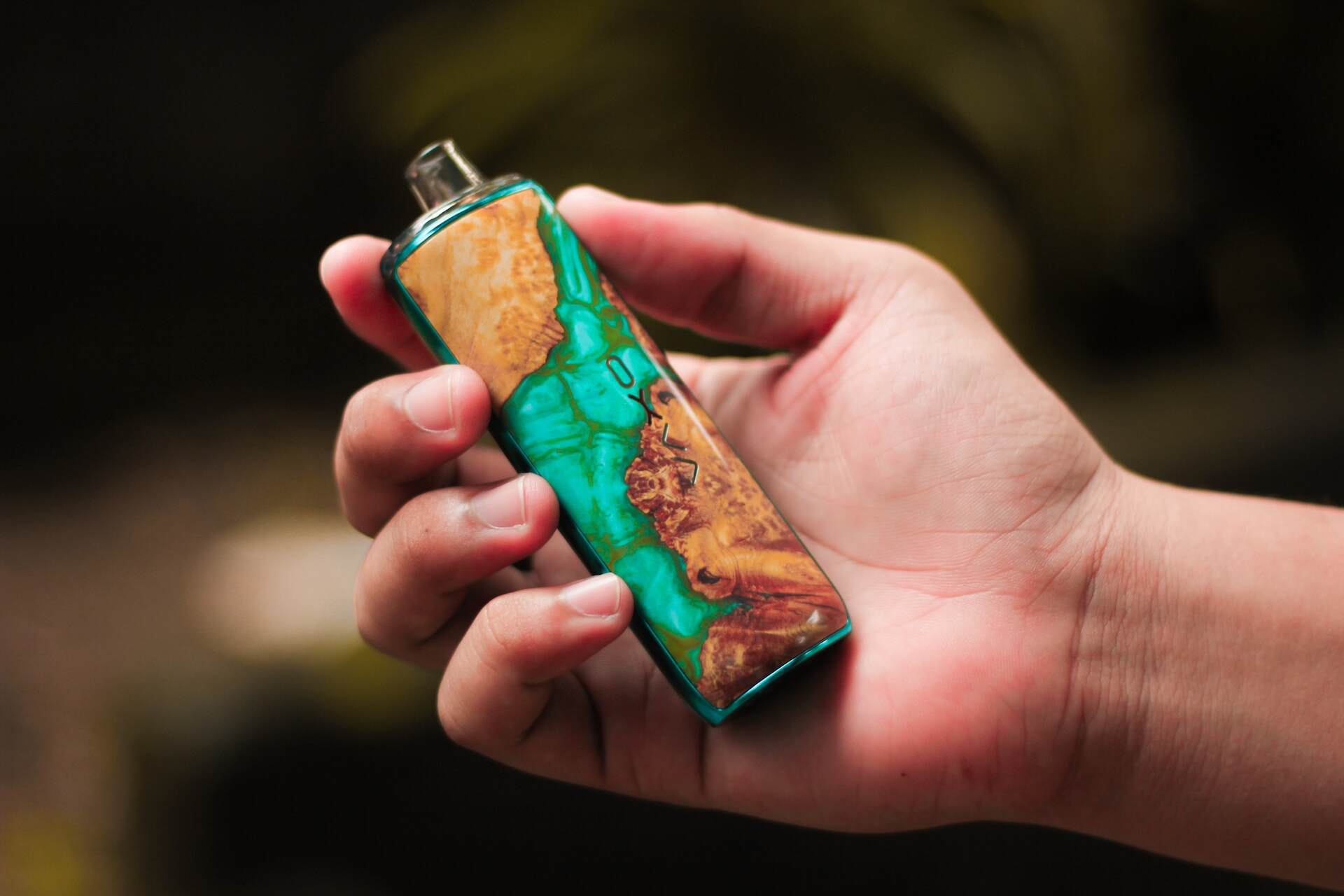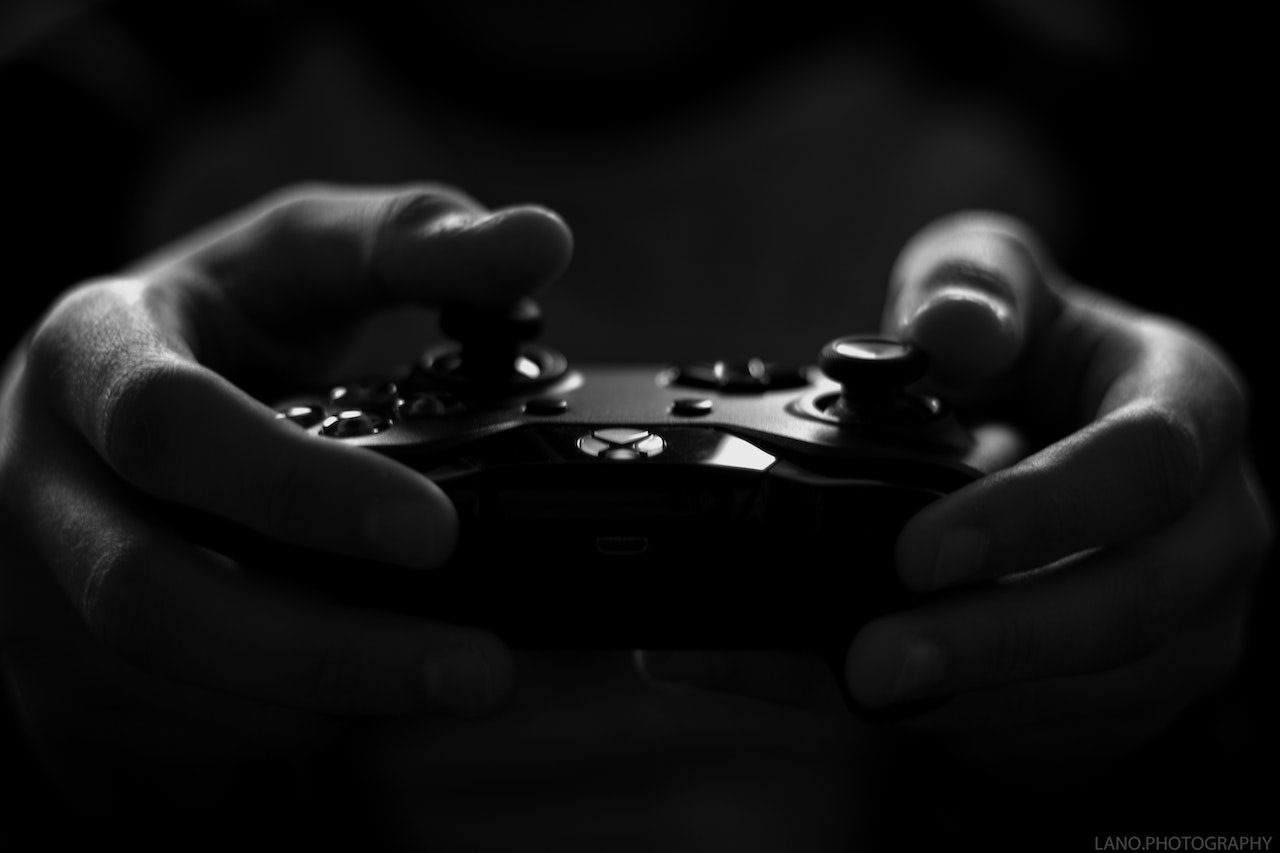Bringing Quality Sound & Production on Music Industry
- 52 Views
- Priyankaseriously
- November 4, 2023
Why Cardboard Packaging for Vape Cartridges Is an Environmentally Friendly Choice
Looking for an environmentally friendly option for your vape cartridges? Consider cardboard packaging. It reduces plastic waste, is made from renewable and sustainable materials, and has a lower carbon footprint. Plus, it’s recyclable and biodegradable,
- 169 Views
- Priyankaseriously
- July 11, 2023
Sleep Music: Relax and Unwind for a Restful Night’s Sleep
Sleep is an essential aspect of our overall well-being. It allows our bodies and minds to rest, repair, and rejuvenate. However, in today’s fast-paced and stressful world, many people struggle with falling asleep or staying
- 143 Views
- Ethan Moreseriously
- June 11, 2023
4 Questions to Ask a Potential Construction Contractor
Construction contractors serve as the backbone of building projects. A good contractor-client relationship comprises reasonable expectations and open communication. Among the first pre-construction tasks is to look for a potential contractor who can align with
- 171 Views
- Shluem Jamesseriously
- May 19, 2023
rajkotupdates.news : microsoft gaming company to buy activision blizzard for rs 5 lakh crore
Get ready, gamers! Microsoft’s gaming company is about to make a massive purchase that will change the gaming industry forever. According to exclusive reports from Rajkotupdates.news, Microsoft is set to buy Activision Blizzard for a
- 161 Views
- Shluem Jamesseriously
- May 19, 2023
rajkotupdates.news : corona third wave affect life insurance
Welcome to rajkotupdates.news, your ultimate source for the latest news and updates in Rajkot. In today’s article, we will be discussing the impact of the upcoming third wave of COVID-19 on life insurance, and why
- 151 Views
- Shluem Jamesseriously
- May 19, 2023
thesparkshop.in:product/batman-style-wireless-bt-earbuds
thesparkshop.in:product/batman-style-wireless-bt-earbuds As technology advances, everything seems to be getting smaller and more convenient. Headphones are no exception. With the introduction of the Batman-style wireless BT earbuds, you can now listen to your favorite music or





